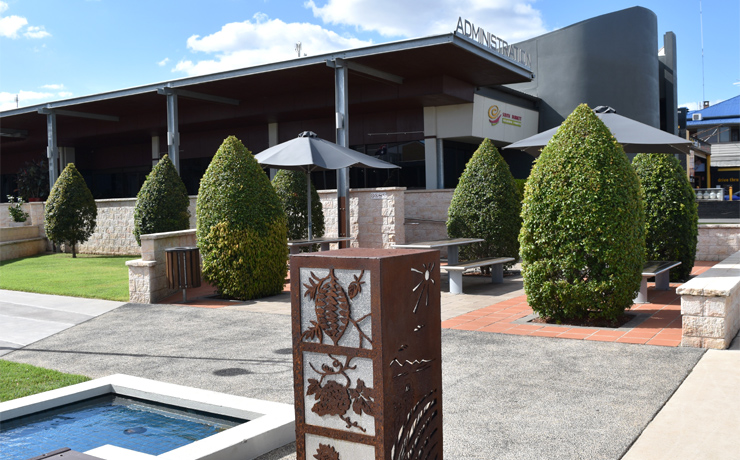
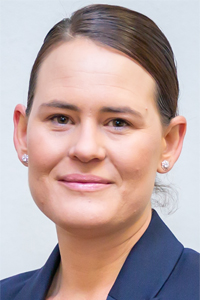
(Photo: SBRC)
March 8, 2023
by Dafyd Martindale
Social media claims that Kingaroy receives the majority of the South Burnett Regional Council’s funding have been demolished by a new report on Council spending.
The report – which details Council’s income and expenditure over the past decade – was tabled at the SBRC’s February General Meeting after a request from Cr Kirstie Schumacher at October’s General Meeting last year.
Cr Schumacher, who represents Division 4, said she was tired of reading social media comments that Kingaroy was receiving more than its fair share of funding.
She requested staff produce a report on Council income and expenditure covering the past 10 years to show what Council actually received in ratepayer income and where those funds had been spent.
The report – something that has never been done before – shows that funding has been spread fairly evenly over all six of the region’s Divisions during the past decade.
It lists the amount of general rates generated by Kingaroy, Nanango, Blackbutt, Wondai and Murgon during the past decade and the number of ratepaying households in each major town.
 The report shows that Kingaroy – the region’s largest town – accounts for almost 30 per cent of all ratepaying households (5249) with Nanango holding second place (2881).
The report shows that Kingaroy – the region’s largest town – accounts for almost 30 per cent of all ratepaying households (5249) with Nanango holding second place (2881).
In total, the five major towns contributed $152,768,519 in general rates between 2013 and 2023.
The report then includes the amount of general rates generated by rural properties, villages, other properties, shopping centres and power generation sites such as the Tarong Power Stations and Coopers Gap Wind Farm.
These “special” categories contributed a further $101,922,835 over the same period.
In total, this combined funding (ie. towns and special categories) of $254,691,352 – along with grant funding received for particular projects – was spent on a wide range of capital works covering roads, footpaths, parks and other general infrastructure across all six divisions, each of which are individually detailed in the final report.
The project lists show the majority of the Council’s general rates funding was spent on upgrading or maintaining the region’s 3200km road network, most of which services rural properties, and the balance on maintaining or upgrading existing Council infrastructure.
The report also shows that in some years, each Division received more than its ratepayers contributed in rates. In other years, it was less.
However, it also shows that on average over the past 10 years, funding has been spread fairly evenly across the region, and no Division has been treated any better – or worse – than any other.
(NB. Divisions 3 & 4 cover Kingaroy and surrounding areas.)
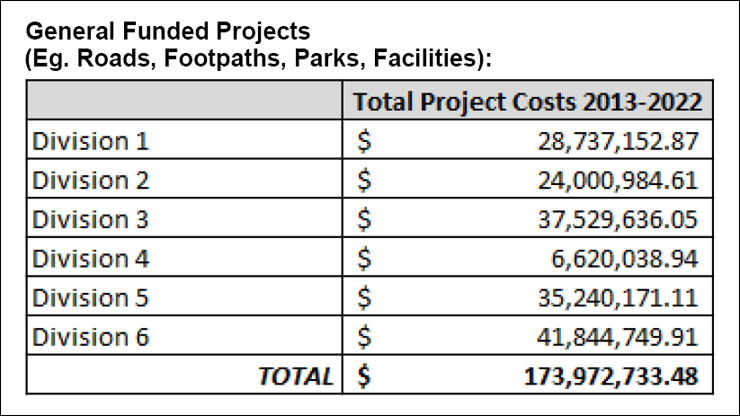
The report also separates general rates funding – which can be used on capital works projects – from water, sewerage and waste management charges, which are separate items on every Rates Notice.
These areas of Council operations are run as business units that are required to be self-funding and use whatever revenue they collect to maintain and upgrade the region’s water, sewerage, and waste management services.
In general, these systems have fixed running costs that remain largely the same from one year to the next.
However, these business units also need to reserve excess funds for multi-million dollar upgrades to water and sewerage processing plants and proposed new landfill or waste transfer sites, which may only be replaced every 10 to 70 years.
In the past decade, major upgrades have been carried out to Kingaroy’s waste water treatment plant and the Gordonbrook water treatment plant.
But replacements for similar systems in other towns are planned for future years, and this is where unspent funds in these categories will be put in the future.
- External document: SBRC Income and Expenditure Report 2013-2023 (18.7Mb)
* * *
 Editorial Comment:
Editorial Comment:
Cr Kathy Duff (Division 5) vehemently opposed the creation of the income / expenditure report at the first and subsequent council meetings where it was discussed, saying it would create division between towns and ratepayers.
However, other councillors, citing social media comments, said those divisions already existed and the report could have the opposite effect.
Sadly, that does not seem to have been the case.
A post on social media by Mayor Brett Otto, shared by Cr Duff, showed amalgamated figures (see right) and provoked many comments, including:
“The figures say it all, what a joke”
“So 35% divided by the 10 smallest areas of the district becomes 3.5% divided by $83m, oh I can certainly see that “
“This is a disgrace. Following in the footsteps of the State Government? Where have they spent all this money? Looking at Kingaroy now, what a shambles”
“Kingaroy… u can put lipstick on a pig, it’s still a pig”
Mayor Otto was accused by one commenter of “creative accounting” which he vigorously rejected.
When taken to task about his social media post by Cr Kirstie Schumacher at this week’s Liveability Standing Committee meeting, it emerged Mayor Otto had included expenditure on water and sewerage projects in his Divisional spending calculations.
This was despite the fact the original report made it clear that water, sewerage and waste were separate business units outside the scope of the report’s capital works focus.
Mayor Otto argued that funds spent on water and sewerage works were capital works, just the same as those listed in the main body of the expenditure report, so they should be included to give ratepayers a more complete and balanced picture of where Council spent their money.
However, what Mayor Otto neglected to tell his Facebook fans was that while upgrades to Kingaroy’s Waste Water Treatment Plant and the Gordonbrook Water Treatment Plant had indeed cost a combined $53 million during the past decade, Kingaroy ratepayers paid almost $56 million in separate water and sewerage charges over the same period – in addition to their general rates – to cover this cost (as shown on the Council’s report for the Water and Waste Water business unit’s income and expenditure summary).
The Mayor also overlooked telling readers in Nanango, Blackbutt, Wondai and Murgon that similar big sums would be spent in future years to upgrade or replace water and sewerage treatment plants in those Divisions, and residents connected to those systems will pay the costs of these upgrades, too, when they occur.
What the Mayor could have told residents, instead, was the information shown in the table below, which is drawn directly from Council’s own report and the number of enrolled voters in each Division.
It shows that during the past decade Kingaroy (ie. Divisions 3 & 4) actually received the lowest amount of capital works expenditure per voter while Murgon (Division 5) and much of the former Wondai Shire plus Kumbia (Division 6) received the highest amounts.
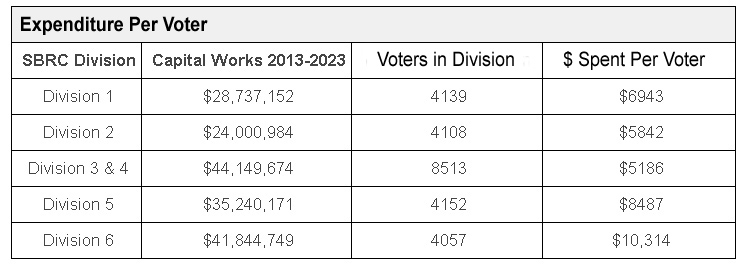






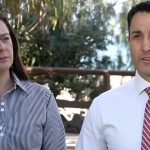
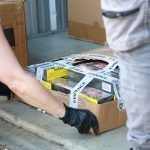
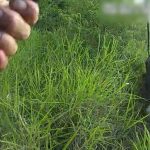
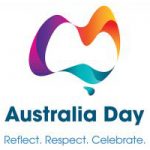
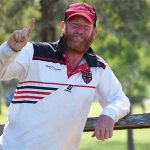
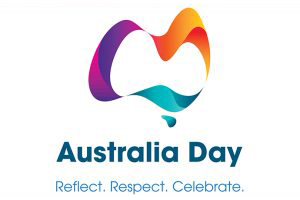
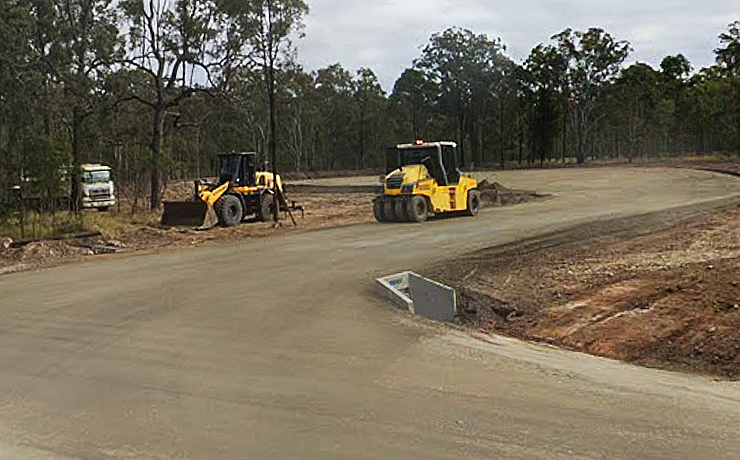
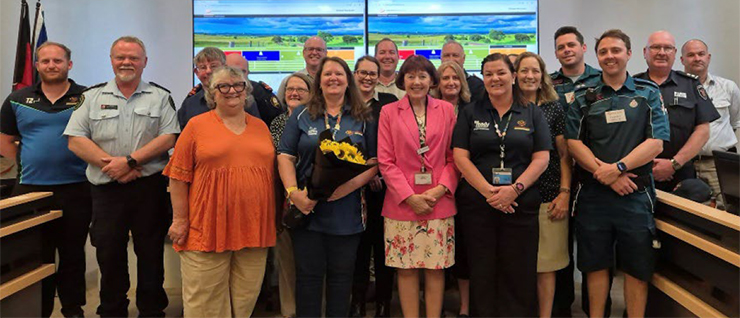
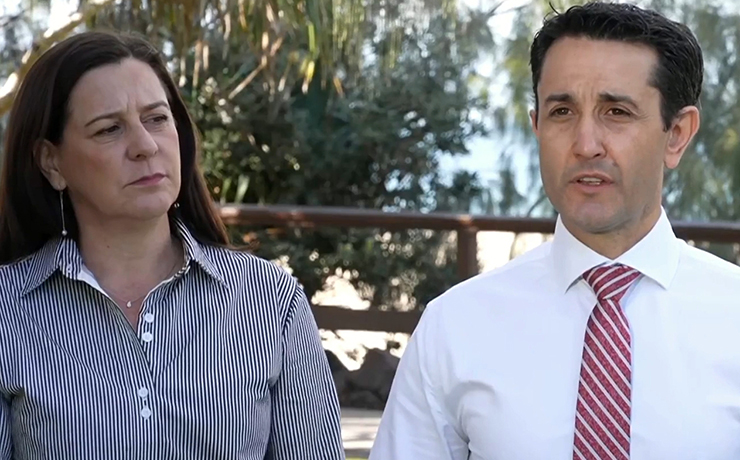
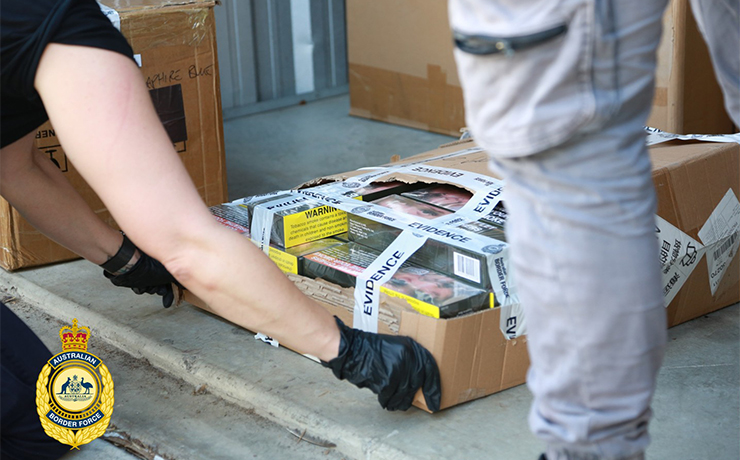
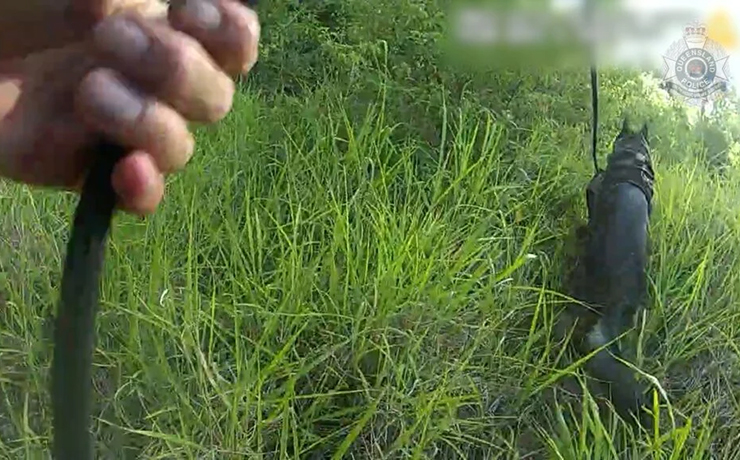






A great, objective presentation of the facts.
Thanks Cr Schumacher for initiating the report and not bending the numbers around to tell a different story to suit a range of audiences. The numbers really do speak for themselves and lay a great foundation for progressing the South Burnett beyond this current term of Council.
The report shows a good balance of funded projects across the South Burnett, which it should be.
The next step is electing a new leader that also has a good balance across the region.
Thank you for the straight facts without conjecture & ‘spin’. As the previous replies state, the results show a fair & equitable division of funds.
And once again something positive is ruined by this Mayor’s instability. It’s becoming obvious of late that Cr Otto has his own agenda & will skew whatever results necessary to achieve whatever it is he is trying to do. (Maybe there can be a prize for anyone who knows what the goal is?)
I did actually warn that the results would get twisted by some parties and turn into a farce, just never thought it would be by a Council member.
In hindsight, why should we expect anything else?
If only the mayor’s misleading Facebooks were as genuine as this article.
Huge commendations to the council staff and Councils that are being transparent about the truth.
Shame on the mayor twisting the numbers (accountant and politician) to mislead the people he is meant to serve.
In answer to Gobsmacked, I’d like to suggest the Mayor’s goal is pretty easy to see – get re-elected by promoting as much division in the community as possible, no matter how much damage it causes.
Narcissists thrive on conflict and creating it no matter the cost. It’s also their preferred method to bring about change.
Please supply a break up of spending for the term of this current council.
UPDATED with correction: These reports were prepared by Council staff, not South Burnett Online. When you download the attached PDF, you will see the amounts are split up by financial year – and in the past three financial years more than $12.4 million has been spent (or is planned to be spent) in Division 5.
However, we believe the 10-year report is a fair and reasonable way to break down and assess Council expenditure and Divisional equity, since expenditure can rise and fall depending on short-term circumstances and/or emergencies.
But if you require the breakdown of expenditure solely under the term of Mayor Brett Otto, we would suggest you approach your Divisional councillor, Kathy Duff, to raise a motion in Council to direct Council staff to revisit their months of work and prepare a new report.
Anne, I am wondering why South Burnett Online does not require contributors to use their real names. It is a requirement of newspapers for writers of letters, articles etc to provide genuine names and not pseudonyms. I too, am “gobsmacked” at some of the articles I read (and hear) but I don’t hide behind my real name.
Julie, if you check the comment section of any online newspaper, eg. Courier-Mail, Sydney Morning Herald etc you will see that the vast majority of commenters use pseudonyms.
I have also edited the letter sections at a number of newspapers in the “old” pre-digital days – including The Australian, Courier-Mail, Daily Sun, Daily Telegraph etc – and I assure you pen-names were allowed there, too.
Even in the old South Burnett Times!
We ask commenters to provide a contact email address. The vast majority of our comments come from regular readers whom we know and who have been commenting for years.
I would prefer that people use their full names, too, but in small towns where retribution can be very real at their work (or even in the pub), I can fully understand why people would like to remain anonymous.
We reserve the right to edit comments and defamatory comments are not published.
Thanks for your explanation Anne.